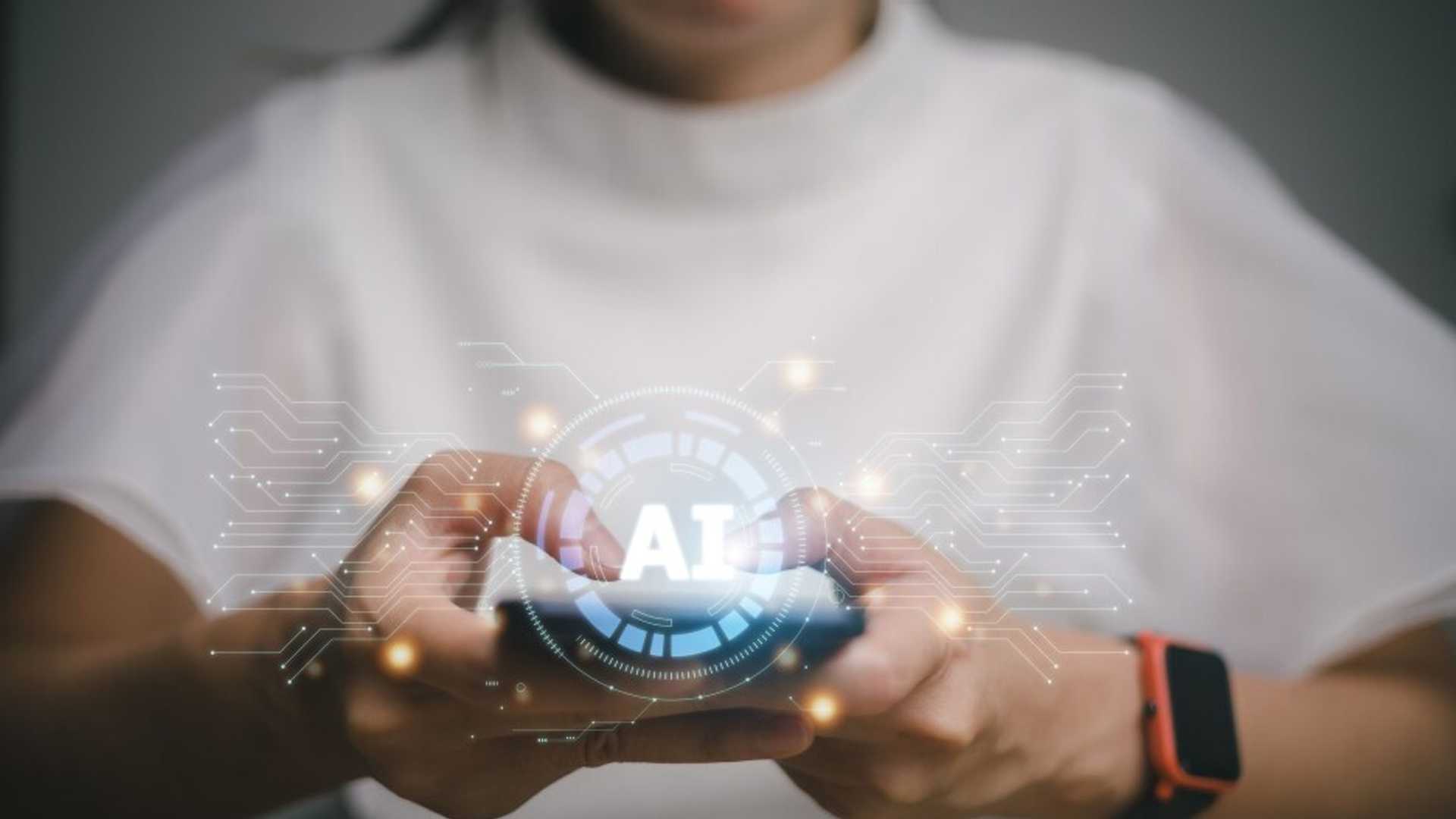How ChatGPT and AI are Changing Media Literacy
ChatGPT, an AI-based tool designed to help students with their assignments, has raised concerns about potential cheating. However, while this concern is valid, there are other important questions that educators should be asking about artificial intelligence, including how it will affect their jobs and their students' ability to determine the intent and accuracy of media. Daniel Vargas Campos, a curriculum program manager with Common Sense Media, spoke with Education Week about the critical moment media literacy education is facing as educators grapple with the implications of AI-driven technologies.
The Rise of Misinformation
One significant concern with the rise of artificial intelligence is that misinformation will proliferate even more in online spaces. This "infodemic" makes it difficult to distinguish between real and fake information. The challenge is not just about AI being used for misinformation purposes but also the hype surrounding AI challenging how we think about media literacy before we even see any examples of AI being used for misinformation explicitly.
For example, a video recently went viral on social media that showed a drag show with babies in the audience. Although it was real footage of an event, people immediately labeled it as a "deep fake." This labeling bypasses critical thinking and shows the importance of teaching media literacy skills to help students consider the impact of information and its intent.
Shifting Information-Seeking Patterns
Young people's information-seeking patterns are different, with most kids getting their news from social media and developing information-seeking behaviors as part of online communities. As such, media literacy education needs to update its approach to meet these experiences before diving into AI. The conversation needs to start from the perspective of what young people are worried about and how AI is already negatively impacting their lives.
One way to integrate AI literacy into media literacy education is to discuss how AI is used in different realms of students' digital lives, such as summarizing AI on social media sites like Discord. These discussions can help students identify bias and whether the information they receive accurately represents what's happening.
Creating Meaningful Connections
A big component of media literacy education is creating meaningful connections between media literacy and social-emotional learning. Social-emotional learning is about self-awareness and social awareness. By considering not only how media makes them feel or react but also the general impact it has on people's behavior, students can develop a more comprehensive understanding of media and its effects. Teachers will need to consider this space as it is currently underdeveloped.
Overall, media literacy education is at a critical moment with the rise of AI-driven technologies. By updating teaching methods to match young people's information-seeking patterns and integrating AI literacy into the curriculum, educators can equip students with the skills necessary to determine the intent and accuracy of the media they consume.




















